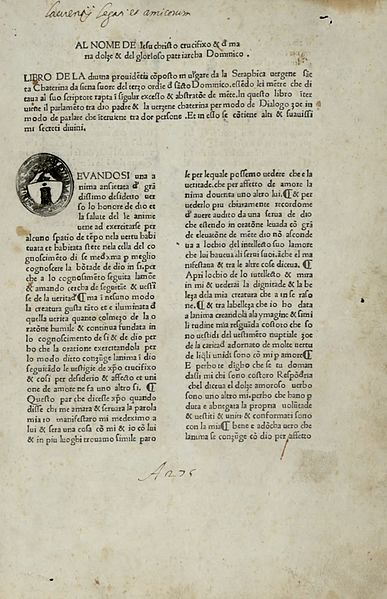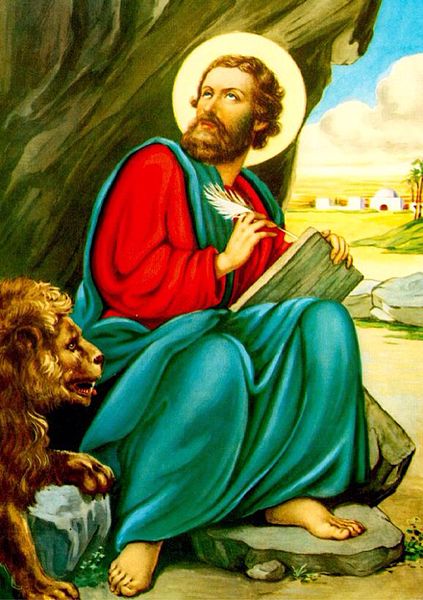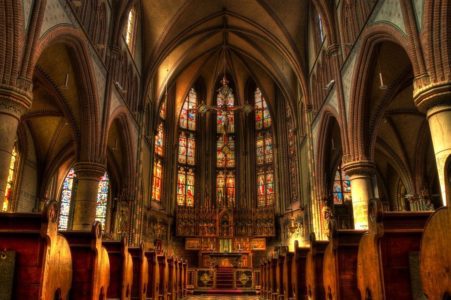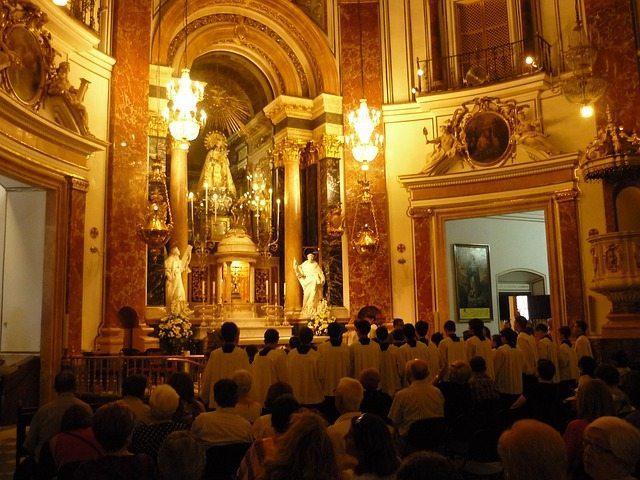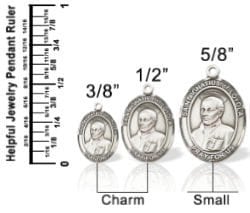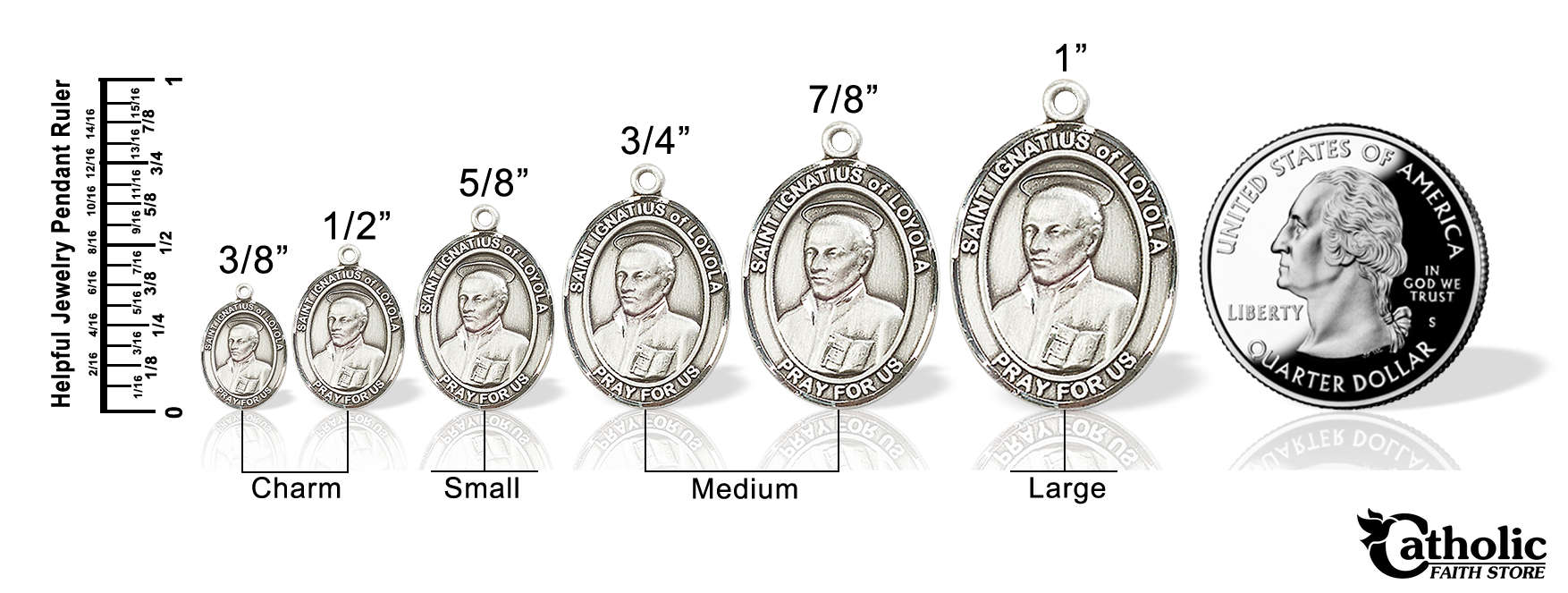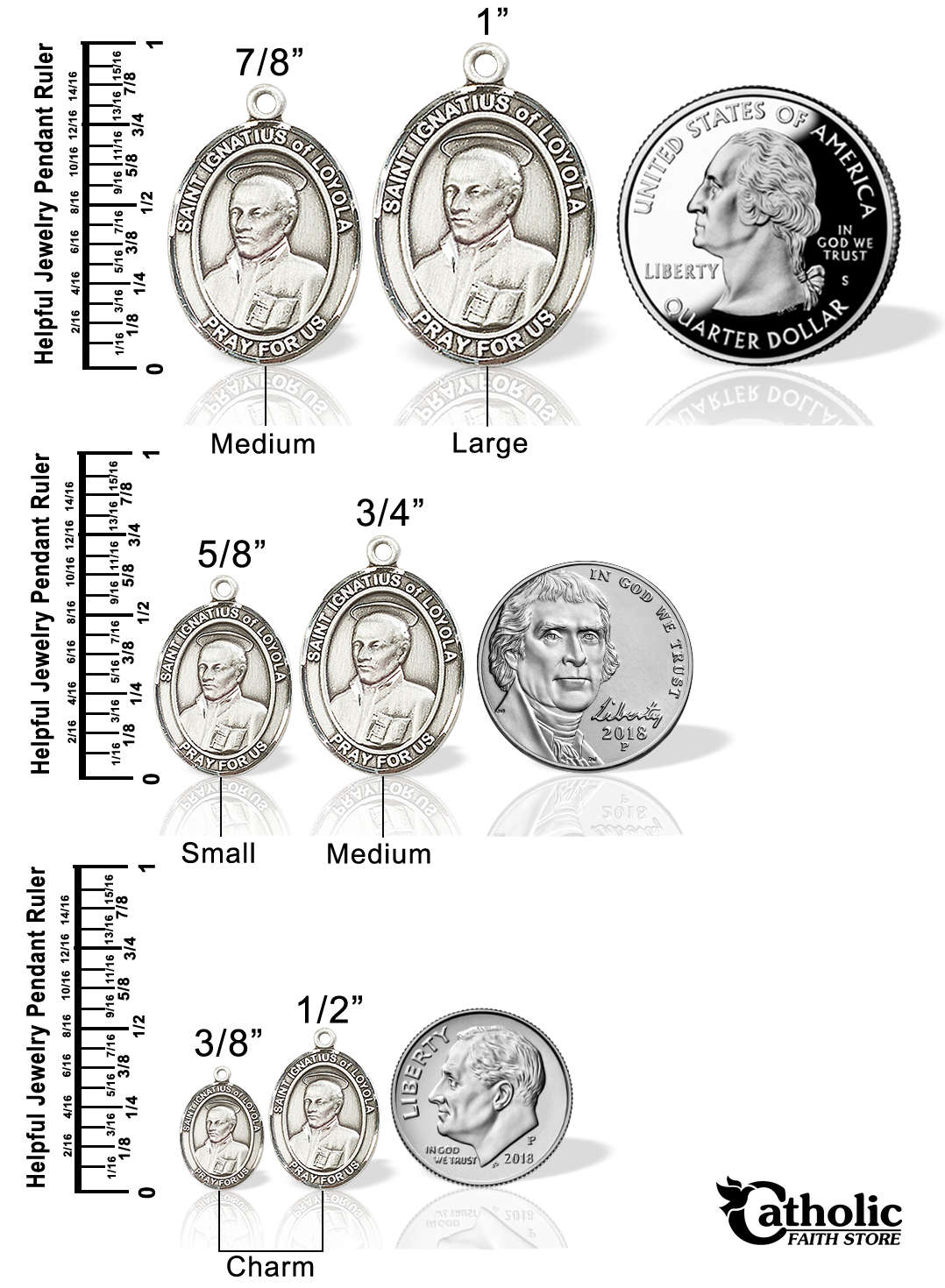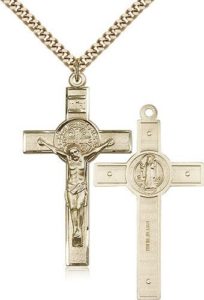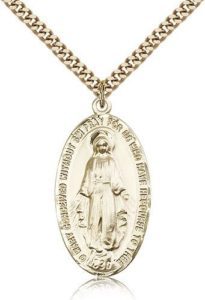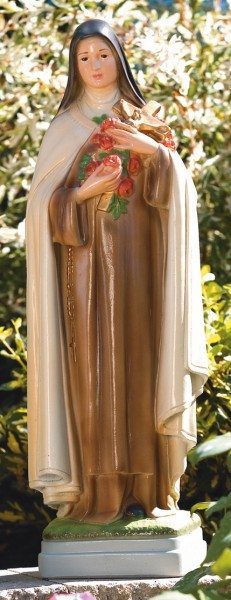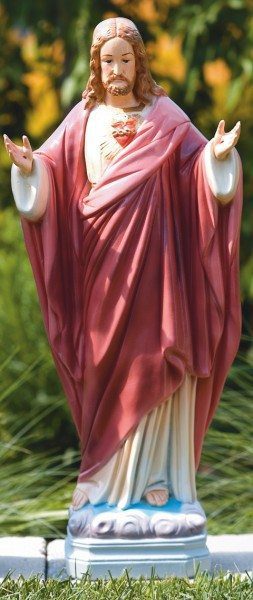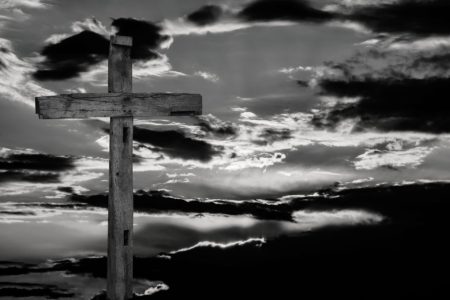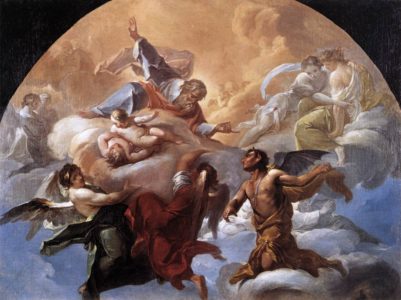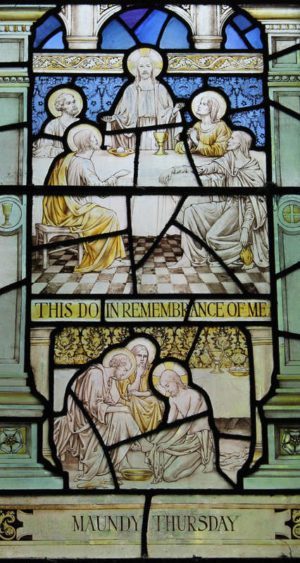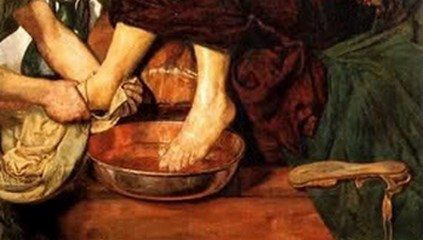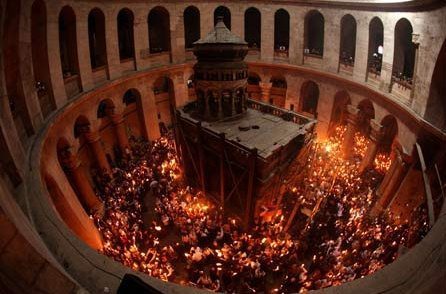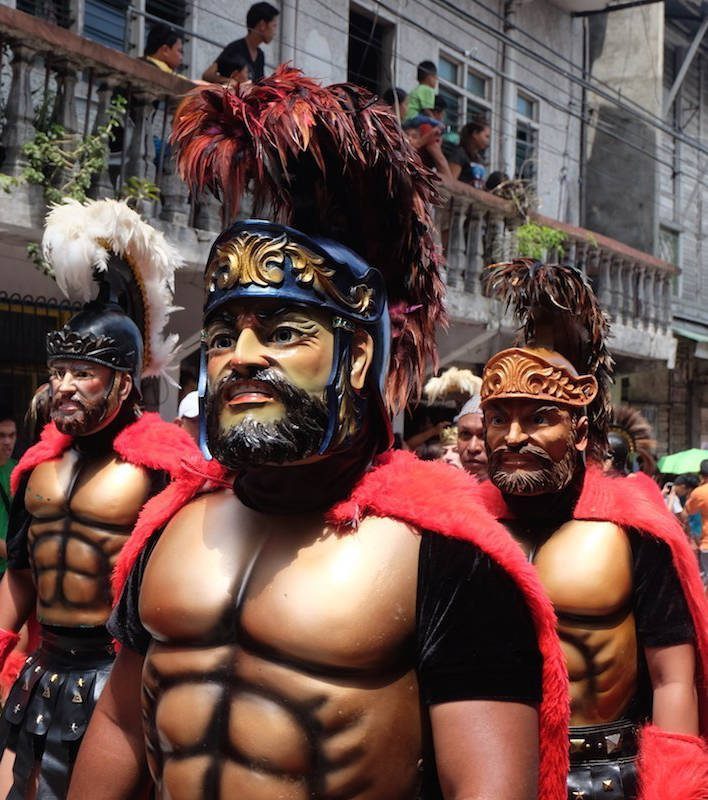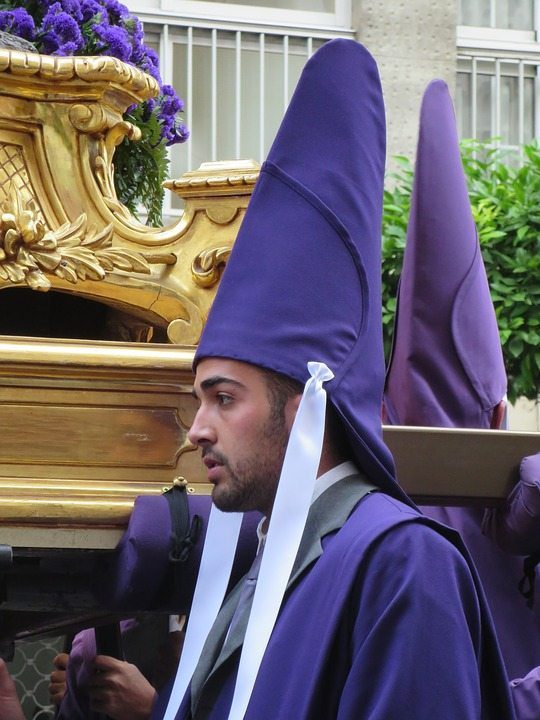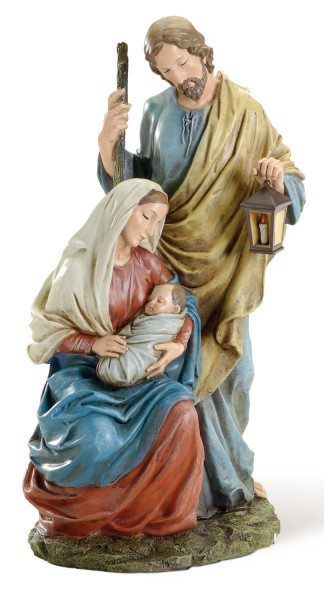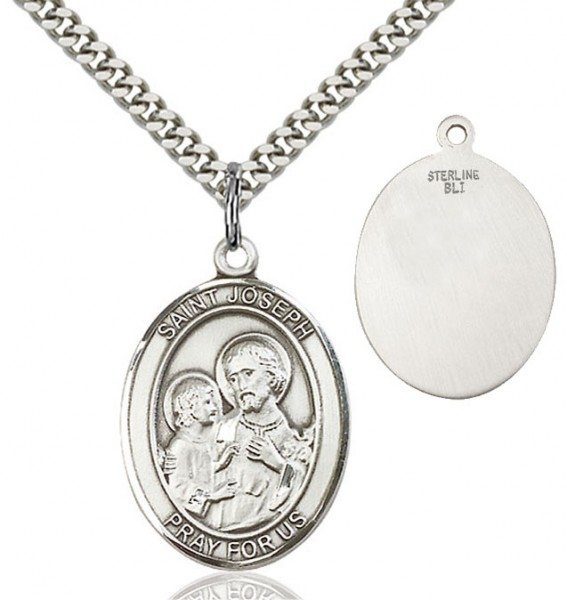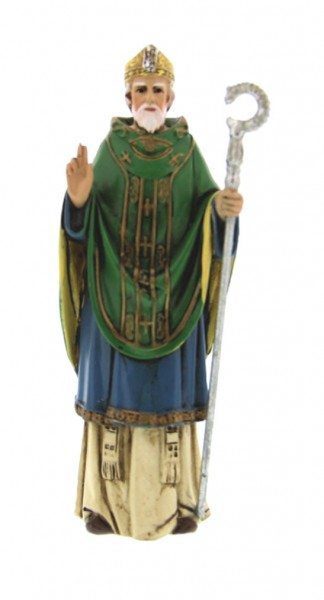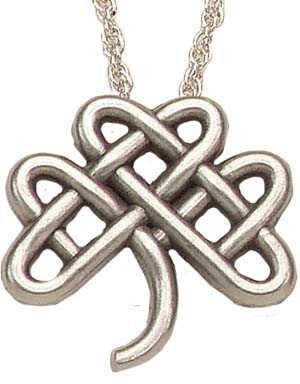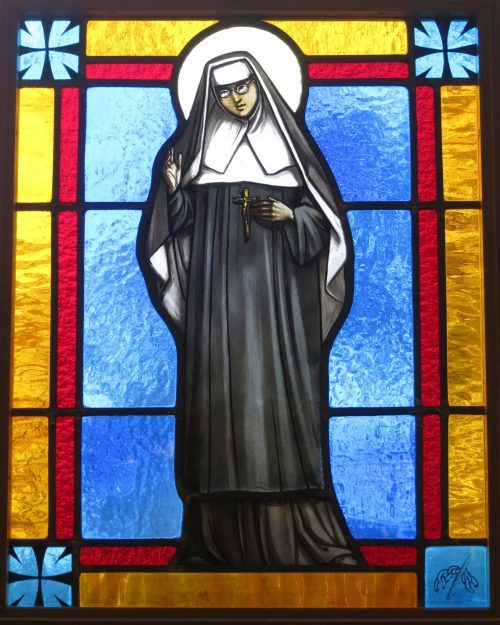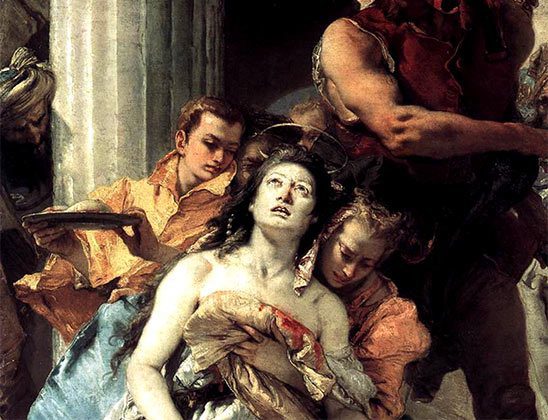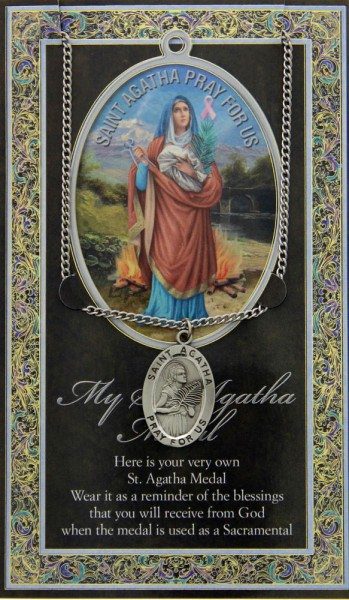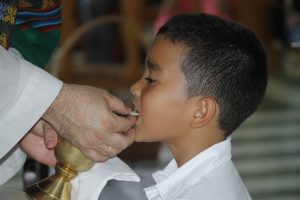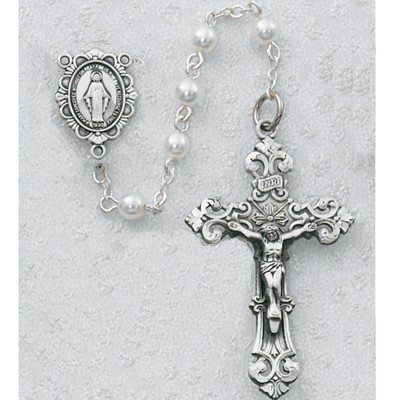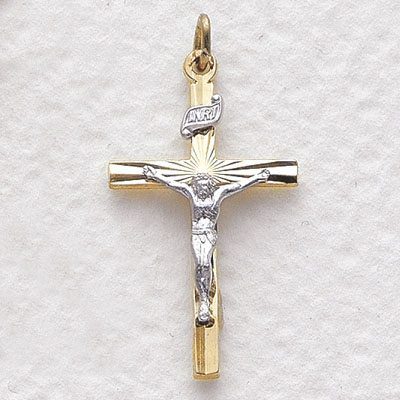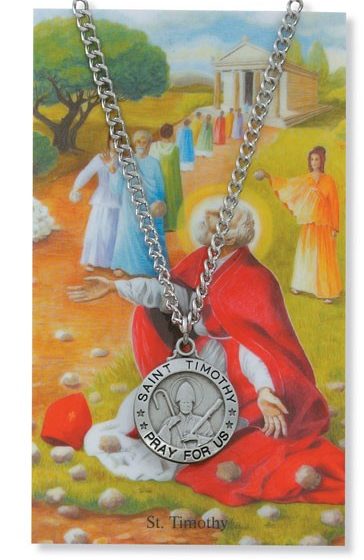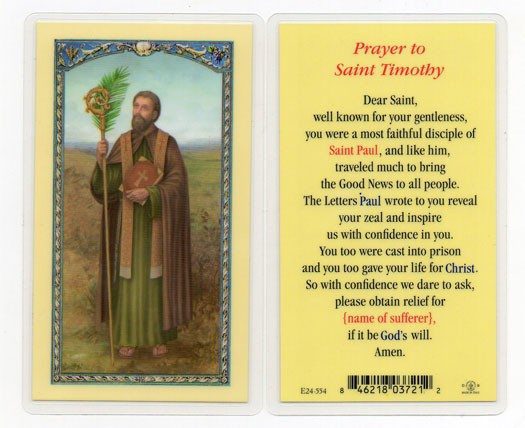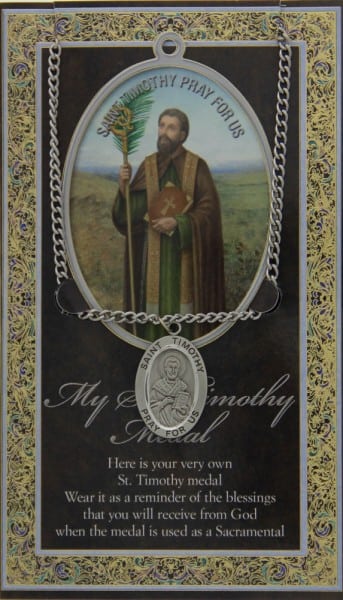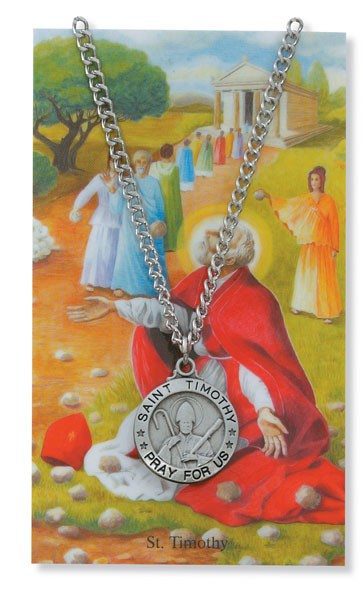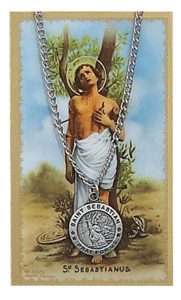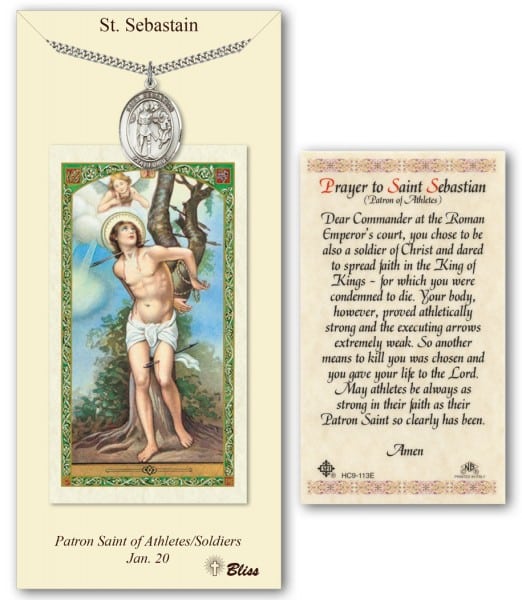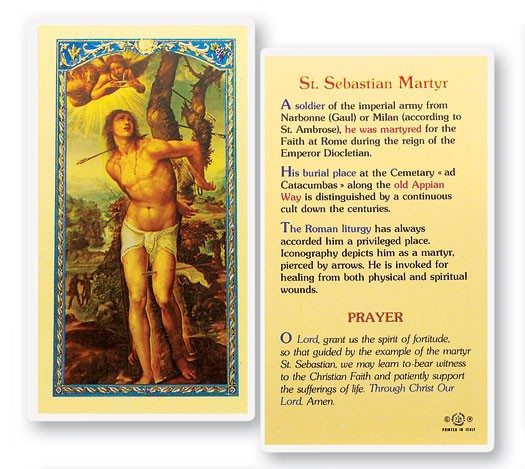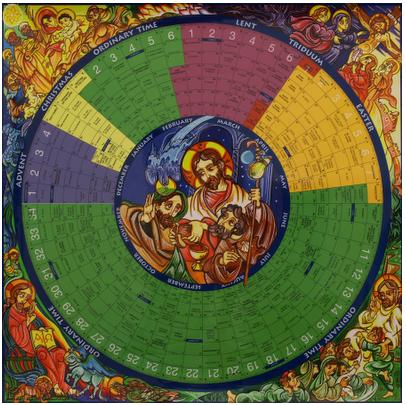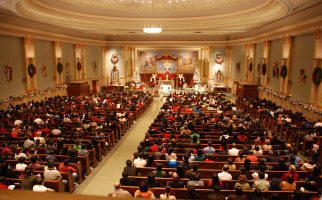Who is Saint Catherine of Siena?

Saint Catherine of Siena was a theologian who possessed a strong connection to the Catholic Church, a tertiary of the Dominican Order and a Scholastic Philosopher. She was born and raised in Siena where at a young age dedicated her life completely to God at a young age. Although her parents disapproved of her choice, she eventually joined the Sisters of the Penance of St. Dominic. Soon after taking her vows she received a mystical phenomenon called stigmata and experienced a mystical marriage.
The Life of Saint Catherine of Siena
Caterina di Giacomo di Benincasa was born on 25 March, 1347 in Siena, Italy. At the time of her birth Siena was suffering from an outbreak of plague called the Black Death. At the age of five or six years old, while she and her brother were traveling home from visiting a married sister she received her first vision of Christ. The vision was of Christ seated in glory, along with the apostles Paul, John and Peter. By the time she was seven years old, Catherine vowed to offer her life up to God.
Saint Catherine continued to experience visions. One of which led her to join the Dominican order, it was a vision from Saint Dominic himself! Her mother, Lapa Piagenti disapproved of Catherine’s religious desires and tried to sway her daughters decision to become a nun by taking Catherine on a trip to the baths in Bagno Vignoni. Catherine became very unwell at the baths experiencing pain, fever and a rash. So troubled was her mother by this illness that she accepted Catherine’s desire to join the “Mantellate," the local association of Dominican treaties.
Lapa visited the Sisters of the Order, convinced them to let her daughter join and within days, the Saint was cured of her ailments. She rose from bed and wore the Third Order of Saint Dominic's black and white habit.
The Mystical Marriage
One of the events that made Saint Catherine of Siena both popular and controversial is the Mystical Marriage with Jesus. She explains her penned letters that by the time she reached the age of 21, she had received not the rings of gold and jewelry, but the ring of Christ's foreskin.
The Saint mentions the foreskin-as-wedding ring theme in her letter number 221, which equated to the wedding ring of a virgin that has a foreskin. She also claimed that her own wedding to Christ was something that could not be seen, something that was entirely invisible.
Saint Catherine's Travels and the Stigmata
It is said that Christ told her to abandon her withdrawn life and venture into public life. This was what led her to go back and live with her family again, helping the poor and the ill. She cared for the poor and ill in homes or in hospitals. As a result of her work Saint Catherine attracted a group of followers.
She began to travel with her followers to central Italy, advising people that rebirth and penitence could only be done through "the total love for God." She later arrived at Pisa on 1375, to strongly influence the city, and Lucca, away from forming an alliance with the anti-papal league.
It was on that same year when she received the stigmata.
Saint Catherine's Surviving Works
Saint Catherine wrote several works during her lifetime. Sadly, some of them have been lost. The surviving pieces have been translated and preserved. So impressive were her writings that she is highly regarded in the ranks of mystics and spiritual writers in the Church. Her spiritual writings are immensely respected, along with her political boldness to "speak truth to power," which was considered to be extremely exceptional for a women of her time.
Her works include:
• Catherine's Letters - The letters are treated as an early work of Tuscan Literature. More than 300 of the letters survived, a third of which were addressed to women. The other letters she sent were addressed to the Pope, which she simply addresses as Papa, instead of using the term "Holiness." A couple of them to her confessors, members of the Visconti family of Milan, Raymond of the Capua, the infamous mercenary named John Hawkwood, the kings of Hungary and France, and various religious figures.
• The Dialogue of Divine Providence - It is theorized that work on "The Dialogue of Divine Providence" started in October 1377 and was probably finished by November 1378. It is a dialogue between God himself and a soul who "rises up" to God. It is also speculated that she may have written it during a time of ecstasy, but it is highly probable that Saint Catherine may have re-edited multiple passages.
• 26 Prayers - 26 prayers have also survived, all written by the Saint herself, mostly written during the last eighteen months of her life.
Saint Catherine's Final Days
Saint Catherine practiced abstinence in many forms, most notably with food. She received the Holy Eucharist on a daily basis. Her extreme fasting was seen as unhealthy by her own sisterhood and clergy. Even blessed Raymond of Capua told her to eat properly, but she said she couldn't, referring to her inability to eat as an illness.
By the start of 1380, the Saint could no longer swallow water nor eat and on February 26 of the same year, she had lost the use of her legs. She passed away on April 29, 1380 at the young age of thirty-three. She was buried in the Roman cemetery of Santa Maria Sopra Minerva near a pantheon. Her head was parted from her body and inserted into a gilt made of bronze and is displayed in the Basilica of San Domenico, Siena. Her final words were "Father, into Your Hands I commend my soul and my spirit."
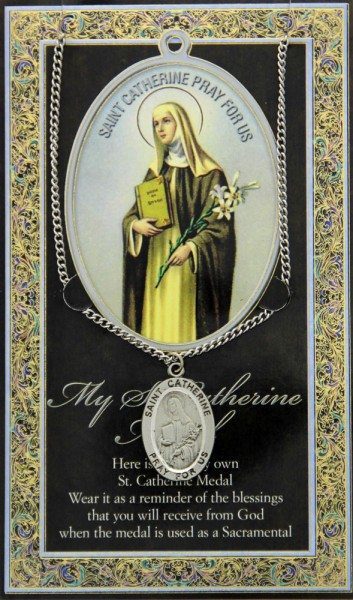
Honor St. Catherine of Siena with this beautiful prayer card and medal combination. Get yours here



